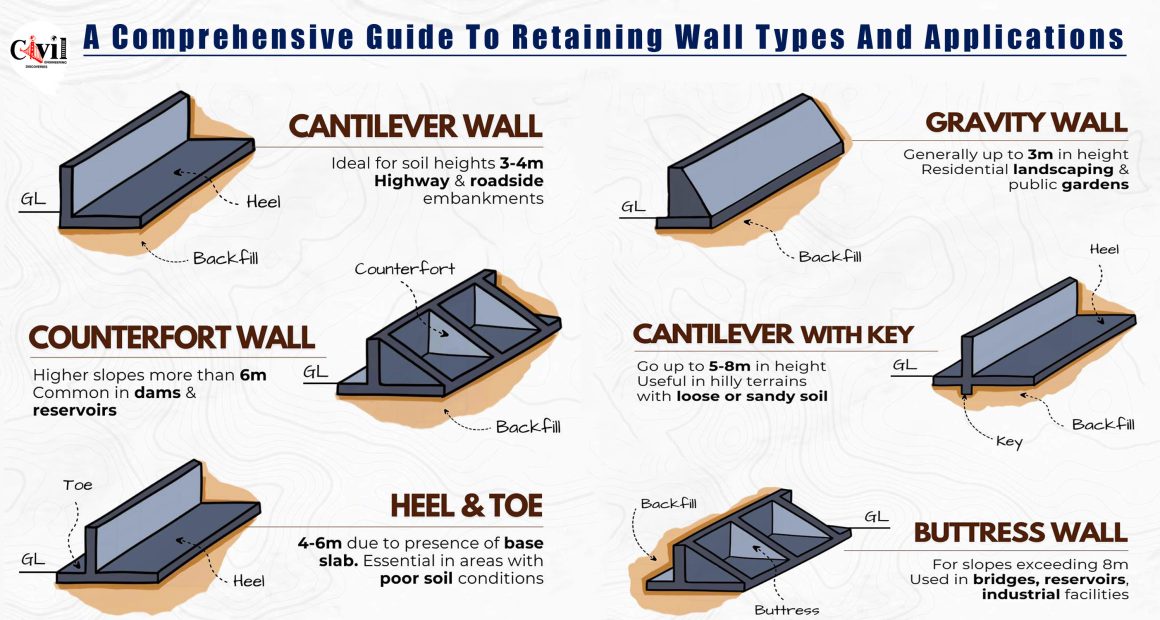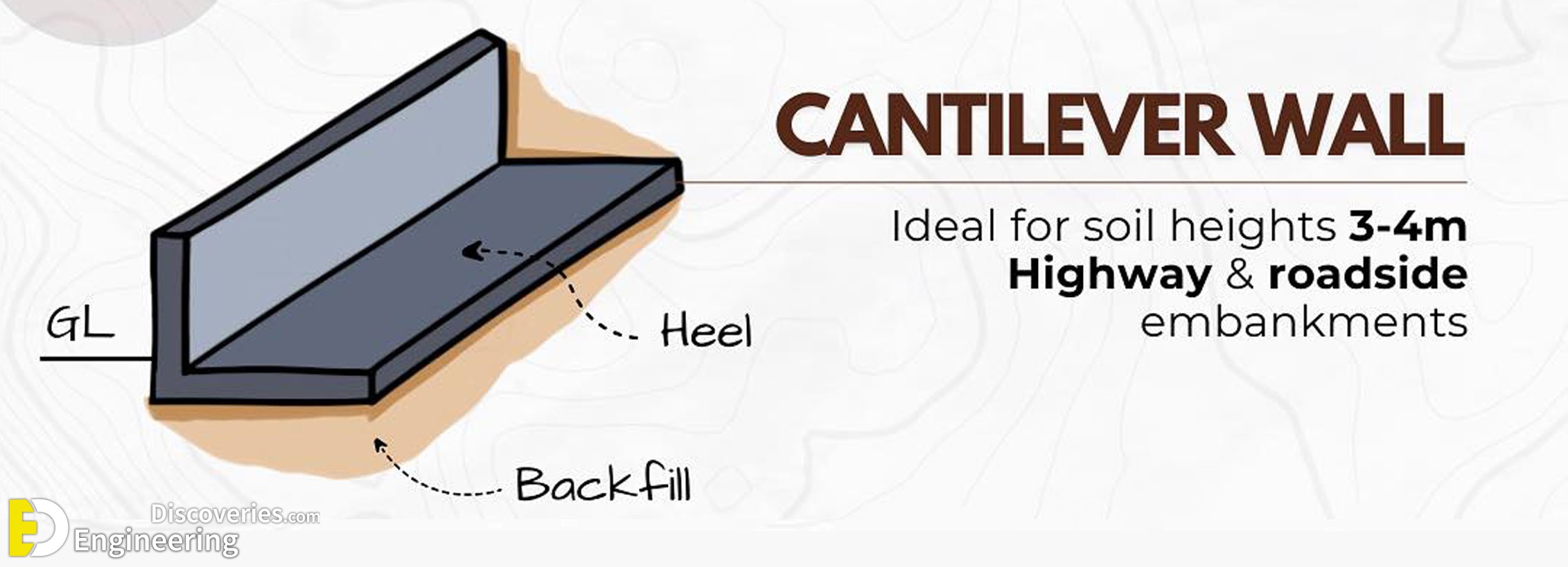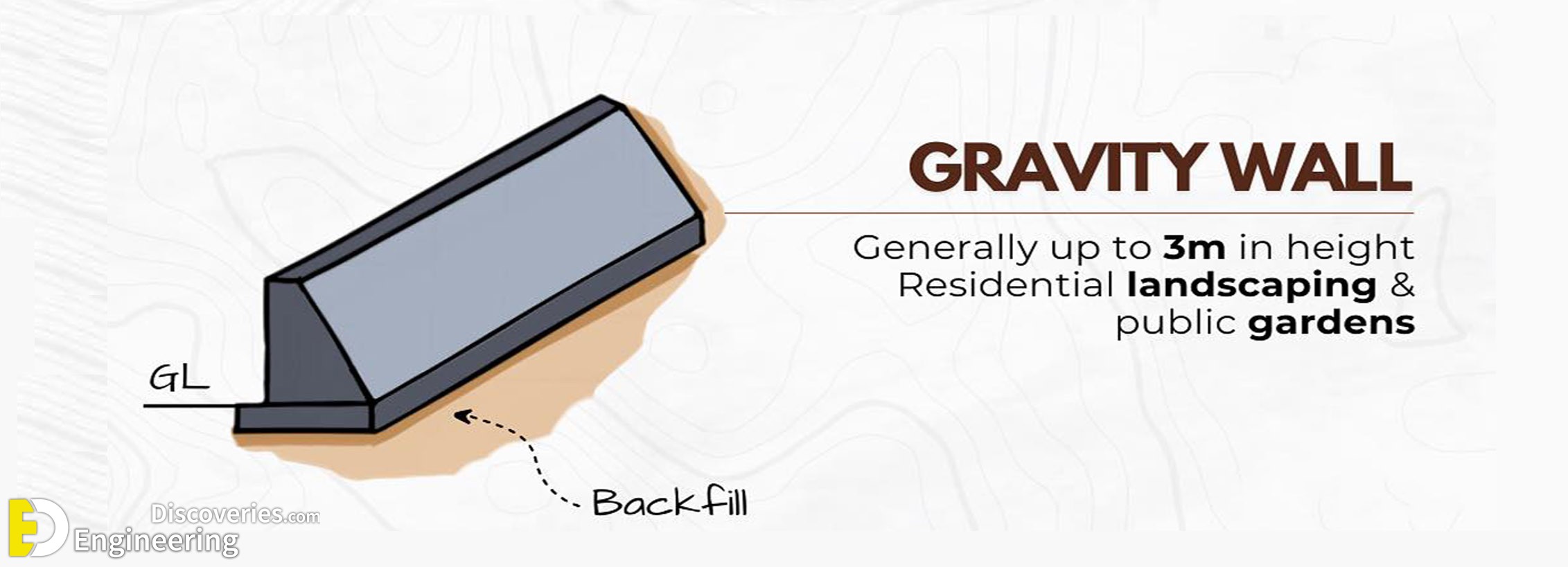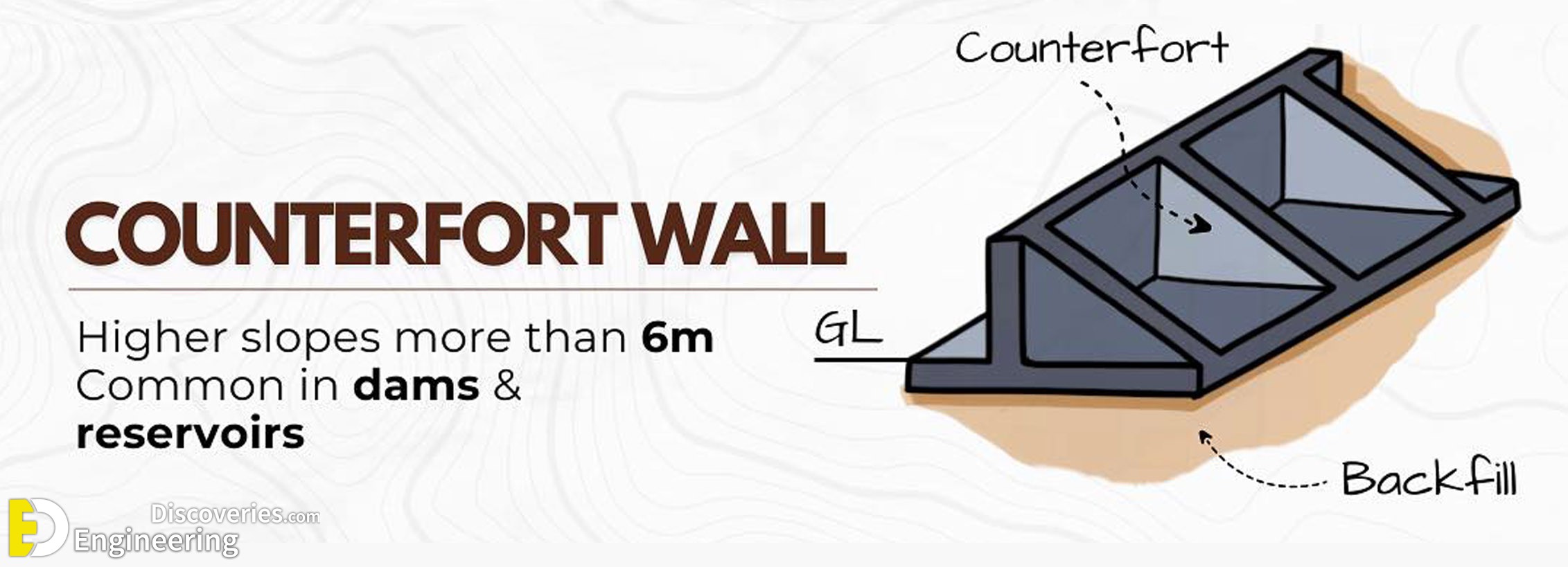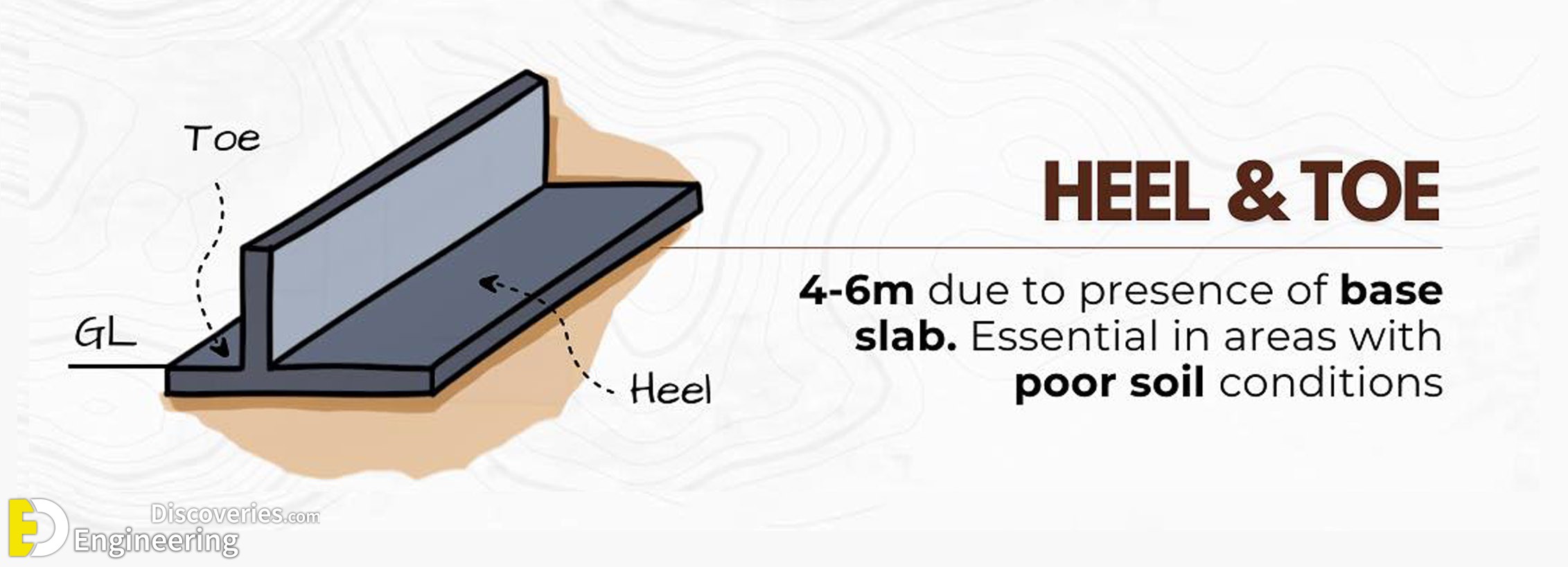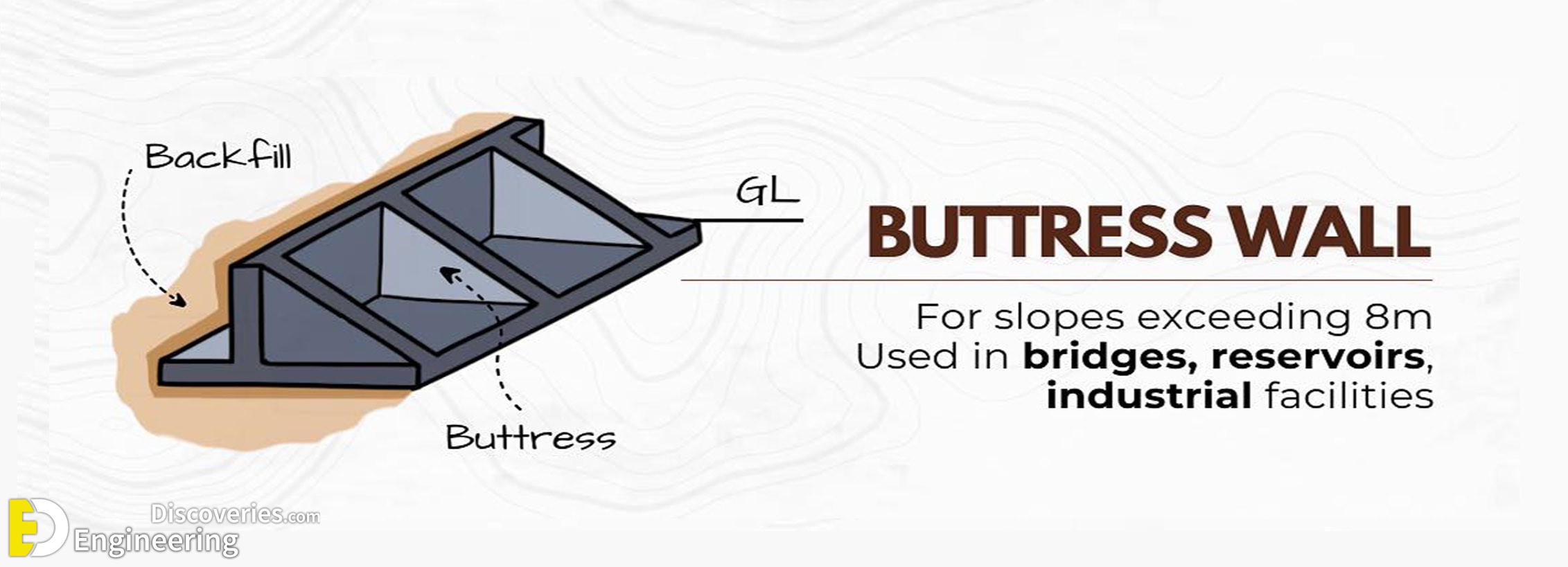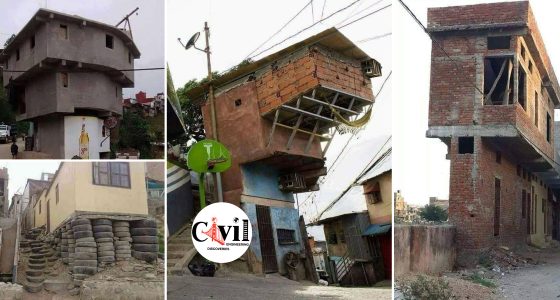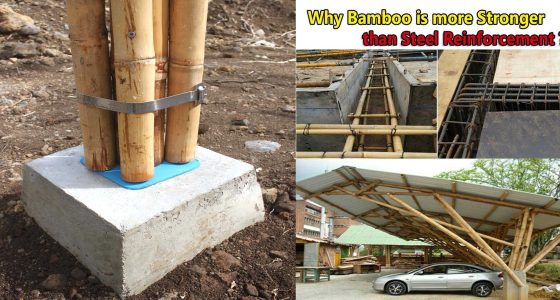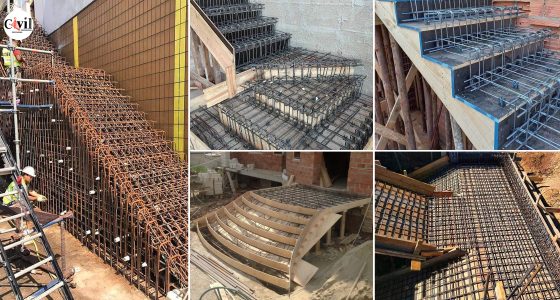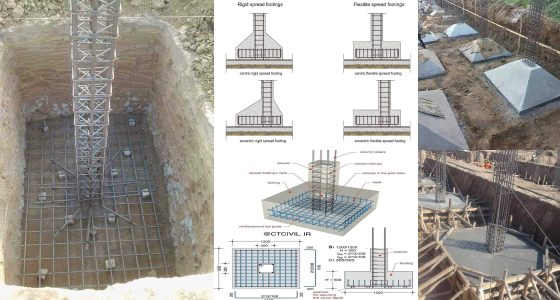When constructing civil infrastructure, garden landscapes, or embankments, retaining walls are essential elements that provide stability by holding back soil and preventing erosion. These structures are engineered to withstand significant lateral earth pressure and are widely used in both commercial and residential construction projects. In this article, we will explore the various types of retaining walls and their applications, helping you make an informed choice for your project.
1. Cantilever Retaining Wall
A cantilever retaining wall is one of the most commonly used types for medium-height structures. It consists of a thin vertical stem and a wide base slab that extends on either side. The heel rests beneath the backfill, providing additional stability by leveraging the weight of the soil itself.
Key Features:
- Ideal for soil heights ranging from 3 to 4 meters.
- Commonly seen along highways and roadside embankments.
- Economical for heights where gravity walls are not sufficient.
Advantages:
- Efficient design minimizes material usage.
- Provides excellent support for moderate soil pressure.
2. Gravity Retaining Wall
The gravity wall is a straightforward structure that relies solely on its mass to resist earth pressure. These walls are typically made of concrete, stone, or masonry blocks.
Key Features:
- Suitable for heights of up to 3 meters.
- Widely used in landscaping and garden projects.
Advantages:
- Simple construction process.
- Requires no additional reinforcement.
3. Counterfort Retaining Wall
The counterfort wall is a reinforced cantilever wall that incorporates counterforts—triangular-shaped concrete supports that connect the base slab to the vertical wall. These counterforts reduce the bending moment and shear forces on the wall.
Key Features:
- Designed for slopes higher than 6 meters.
- Commonly used in dams, reservoirs, and large embankments.
Advantages:
- Enhanced structural strength for greater height applications.
- Efficient material distribution.
4. Cantilever with Key
This is a variation of the cantilever wall that incorporates a key projection at the base. The key provides additional stability and helps resist sliding forces.
Key Features:
- Effective for heights of 5 to 8 meters.
- Ideal for hilly terrains with loose or sandy soil.
Advantages:
- Improved resistance to sliding.
- Enhanced performance in unstable soil conditions.
5. Heel and Toe Retaining Wall
This type of retaining wall uses a base slab extension on both the heel and toe sides to enhance stability. The slab increases the wall’s overall resistance to overturning and shear forces.
Key Features:
- Suitable for wall heights of 4 to 6 meters.
- Common in areas with poor soil conditions.
Advantages:
- Essential when dealing with unstable or weak soils.
- Balances load distribution efficiently.
6. Buttress Retaining Wall
The buttress wall is similar to the counterfort wall but with external supports called buttresses located at regular intervals on the front face of the wall. These buttresses counteract the lateral forces exerted by the retained soil.
Key Features:
- Suitable for slopes exceeding 8 meters.
- Commonly used in bridges, reservoirs, and industrial facilities.
Advantages:
- Provides superior resistance to bending forces.
- Ideal for large-scale infrastructure projects.
Choosing the Right Retaining Wall Type
Selecting the appropriate retaining wall depends on various factors, including:
- Height requirements: Gravity walls are suitable for shorter heights, while cantilever and counterfort walls are better for taller applications.
- Soil conditions: Unstable soils may require cantilever walls with keys or heel and toe extensions.
- Project purpose: Landscaping often involves gravity walls, while industrial projects benefit from buttress walls.
Click Here To See Detailing Of Reinforced Concrete Retaining Walls
